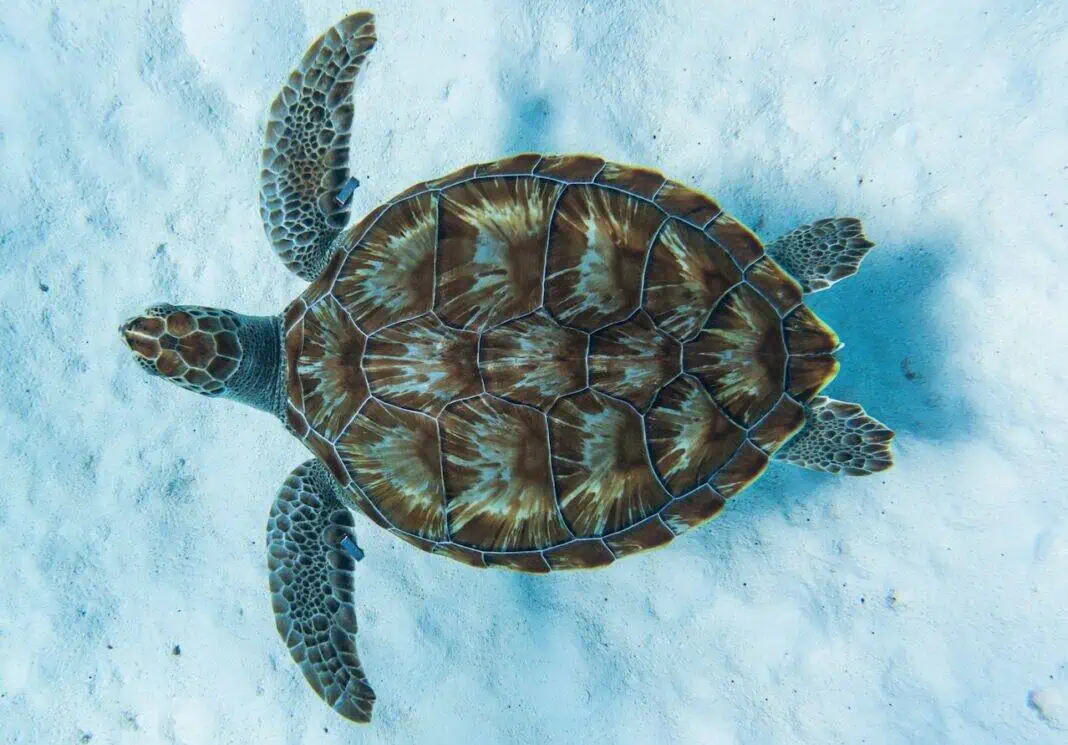A new study has shown the astonishing biomechanics of sea turtle shells.
The research found that these shells are much more than a simple armored shield protecting the turtles from danger.
They are a masterpiece of engineering. They offer not only protection but also sleekness, promote efficiency of movement, and provide the turtles with minimal hydrodynamic resistance.
In terms of protection, sea turtle shells are a masterpiece of armor made of two parts, the top caprace and the bottom plastron. The outer layer is hard and dense, while the inner layer has a spongy core providing buoyancy and protecting the turtle’s inner organs.
According to Ivana Lezcano, the study’s first author and a doctoral student in the Florida Atlantic University Department of Biological Sciences within the Charles E. Schmidt College of Science:
“We believe this variation is likely a result of their evolution and the environments they inhabit. The differences in shell stiffness across these species may be connected to their distinct life histories, with each species adapting to unique environmental challenges and predation risks.
“What’s fascinating is that their shells evolve to provide more protection over time. The stiffness of juvenile green turtle shells may be especially important because their shells lack the protective spines and keels, which young loggerheads and ridleys sport to armor themselves against predators. It’s a dynamic interplay of form and function that ensures these turtles are built for survival.”
While study co-author and FAU Charles E. Schmidt College of Science professor of biological sciences Jeanetter Wyneken added:
“The shells of adult sea turtles are surprisingly compliant compared to their land relatives. But here’s the cool part: while their shells become stronger over time, they don’t become completely rigid like the shells of land turtles. This flexibility is key – because it enables them to ‘flex the shell’ under pressure, which is crucial for navigating the harsh and varying conditions of underwater environments.”
Finally fellow co-author Marianne Porter, an associate professor in the FAU Department of Biological Sciences, added:
“Our study provides new insights into why sea turtles have thrived over time. Their shells are adapted to their aquatic lifestyle, and stiff enough to defend against predators while being tough enough to absorb shock. This remarkable balance of strength and flexibility has allowed them to survive in the ocean for millions of years – an example of evolution shaping species in an environment.”
You can find the original research here.

